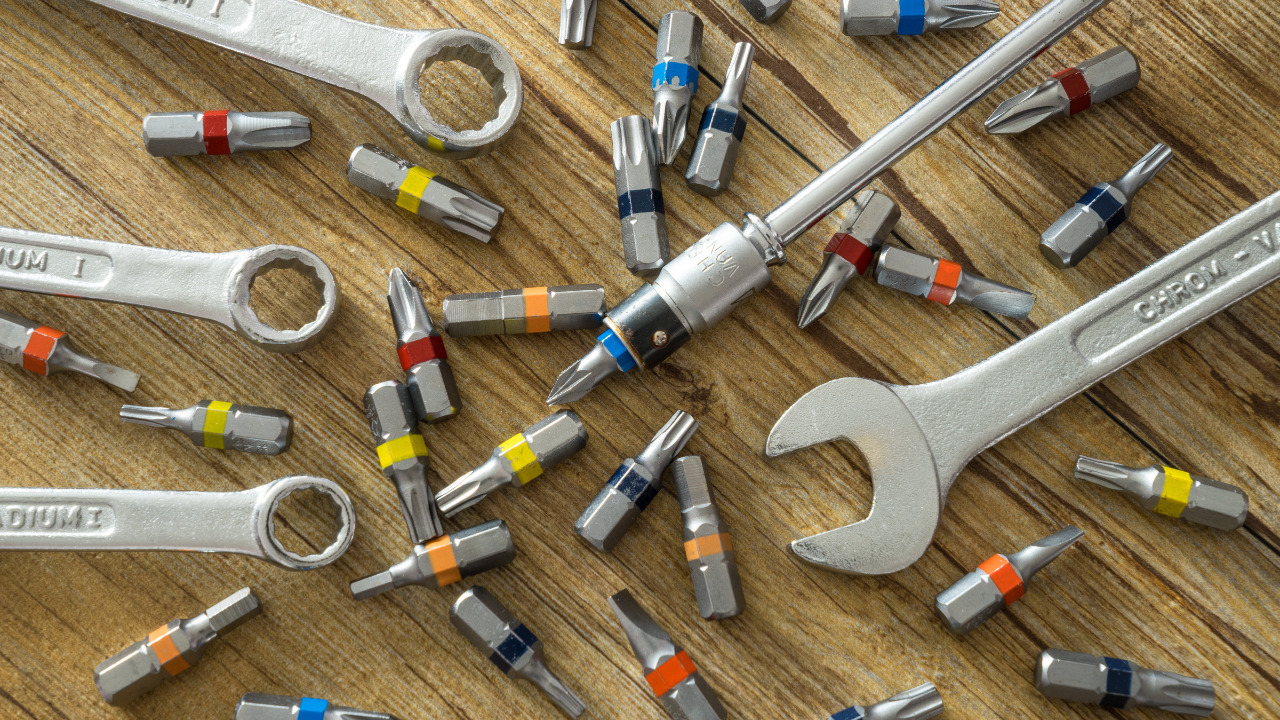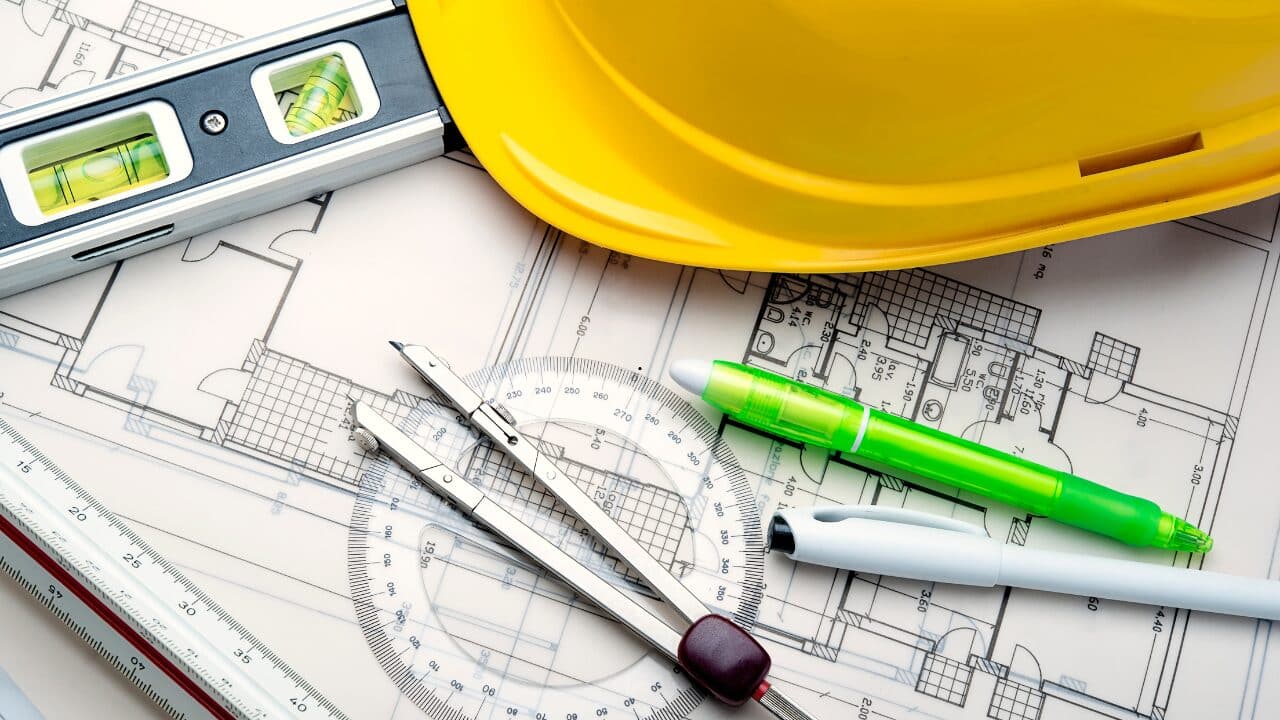Manufacturing processes need the use of power tools. Preventive maintenance is essential to keep them in good operating order – and to keep employees safe while using them. This type of power equipment maintenance will not only extend the life of your power equipment, but it will also boost productivity and efficiency. Here are five ways to keep your power tools in good working order.
Table of Contents
Create a routine maintenance programme.
Implement a power tool maintenance programme to protect power tools and the employees who use them. This should include well-defined operational processes, maintenance intervals, and danger management.
Following the manufacturer’s recommended maintenance regimens is a smart place to start. For power tools, this might be as simple as devoting time every 6-12 months to replace blades and bits, test safety components, and repair any damaged cords.
Manufacturing facilities that don’t have the time to maintain power tools in-house might bring them to approved service centres for routine maintenance.
Employees Should Be Properly Trained
Workers who use power tools should receive sufficient training. This training should encompass not only best practises for whatever position they’re working in, but also inspection, maintenance, and cleaning procedures.
Should particular power tools be used exclusively in certain circumstances? Is it possible to service some instruments while they are running, or must they constantly be turned off?
Is there a proper method for evaluating operator controls? These are questions that employees who have been adequately taught should be able to answer. Employees should also be able to report tool failures to their bosses and participate in power tool maintenance programmes.
Make Use of the Proper Tools
When it comes to power tools, one of the most common blunders is not selecting the appropriate instrument for the job. Grabbing the nearest power tool – or using the same one task after job – may appear to be a time-saving strategy, but it isn’t.
Take your time to choose the perfect power tool for the job, no matter what it is. Consult an owner’s handbook for assistance. These frequently include labour capacity as well as other suggestions for extending tool life.
Organize your tools properly.
Power tools are an investment, and after each usage, they should be carefully stored. They’re more likely to be harmed by other things or acquire internal and external rust if they’re not protected. When power tools rust, their mechanisms break down and eventually quit working.
This is hazardous to employees and a poor method of extending tool life. To avoid damage, keep power tools on properly labelled shelves, in solid tool boxes, or in safe bins.
Make Use of the Correct Power Source
Check the power rating on the nameplate of any power tool before using it to be sure it matches the power supply. The majority of power tools are made to work at specified voltages. Attempting to use power tools below their voltage restrictions can lead to power loss, overheating, and tool damage.
When dealing with generators or extension cords, exercise extreme caution. Both can have an impact on voltage and power tool performance. Users should be aware of any worn or damaged wires and replace them as soon as possible.
To ensure long life and safe use, power tools should be properly maintained. Power tool maintenance and replacement, as well as employee injury, can be avoided by following these procedures.
Professionals in the manufacturing industry who want to learn more about power tool maintenance should contact DLTC equipment leaf vacuum rental CT who can collaborate with facility managers to improve quality and efficiency.





